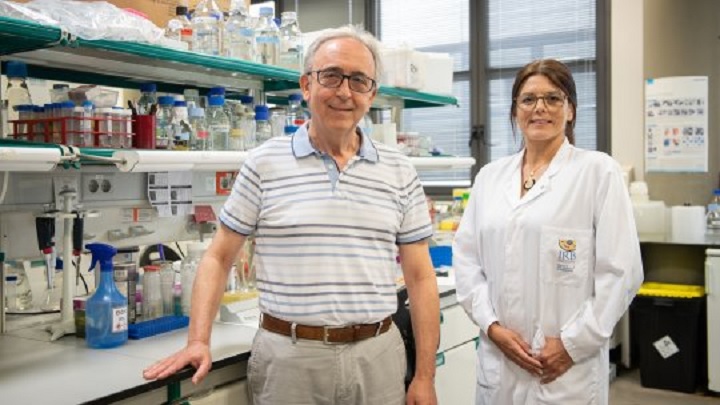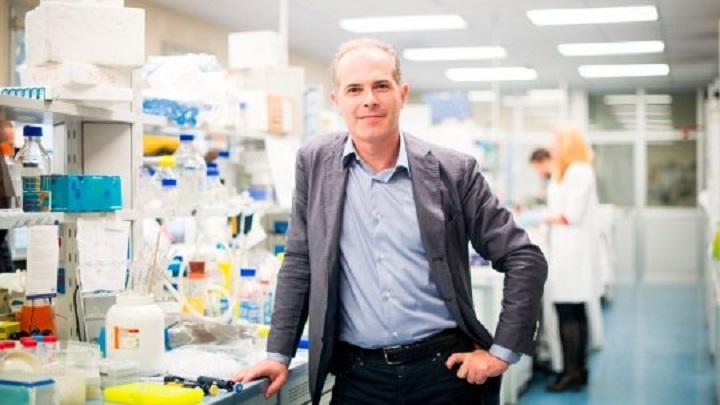Mitofusin 2 acts as a lock and key between vital cellular functions

The Mitofusin 2 protein has several previously unknown variants — called ERMIT2 and ERMIN2 — that act as a lock and key between different cellular components and are critical in a variety of physiological processes. This is one of the main conclusions of a study published in the journal Science and led by experts Antonio Zorzano, professor at the Faculty of Biology of the University of Barcelona and member of the Institute for Research in Biomedicine (IRB Barcelona), Luca Scorrano, from the University of Padova (Italy), and Deborah Naón, member of both teams.

The Mitofusin 2 protein has several previously unknown variants — called ERMIT2 and ERMIN2 — that act as a lock and key between different cellular components and are critical in a variety of physiological processes. This is one of the main conclusions of a study published in the journal Science and led by experts Antonio Zorzano, professor at the Faculty of Biology of the University of Barcelona and member of the Institute for Research in Biomedicine (IRB Barcelona), Luca Scorrano, from the University of Padova (Italy), and Deborah Naón, member of both teams.
"Our extensive research found ERMIN2 and ERMIT2 proteins in a wide range of human cells and tissues, including adipose tissue, muscle and liver. These findings stress the involvement of these proteins in the maintenance of optimal cell functionality", explains Antonio Zorzano, professor at the Department of Biochemistry and Molecular Biomedicine at the UB Faculty of Biology and head of the Complex Metabolic Diseases and Mitochondria Lab at IRB Barcelona.
"This study represents one of the few cases in which these alternative variants of mitochondrial proteins have been observed. Consequently, the interaction and mechanism of action we describe in this study are very innovative", says researcher Deborah Naón. The study, which may open up new avenues of study in the field of neurodegenerative diseases, also involves the participation of professors Manuel Palacín and Modesto Orozco, from the Department of Biochemistry and Molecular Biomedicine and IRB Barcelona.
Multimedia gallery

The expert Luca Scorrano.

